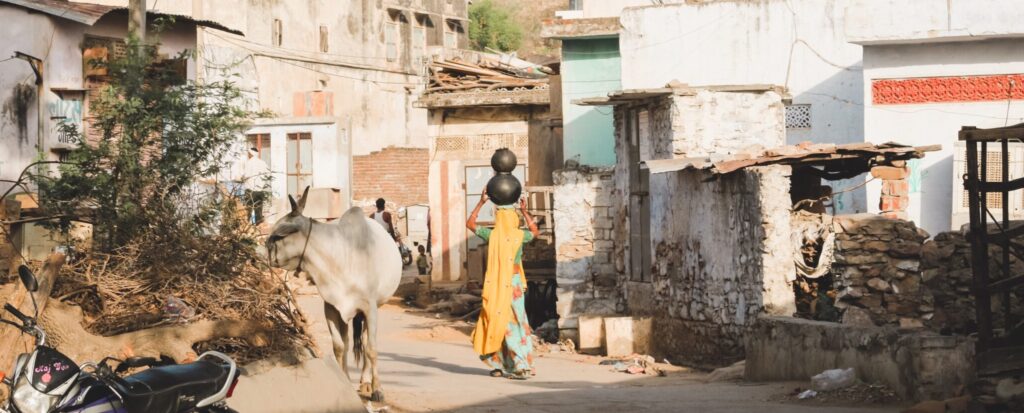Could solar-powered solutions be an answer to rural India’s water woes?

Residents of rural areas in developing countries have been facing water challenges for several decades and a majority still lack access to proper sanitation facilities. The need for action is recognised within the Sustainable Development Goals (SDGs)[1] framework or simply ‘Global Goals’, adopted by the UN Member States in 2015. Within the total of 17 goals that were identified to protect the planet and provide a better future for all by 2030, one of the central goals is to provide clean water and sanitation.
Most common methods of water purification depend on electricity or energy round the clock, which is not always available in rural India. Therefore, if these goals are to be achieved, technological advances, such as those powered by solar energy or requiring no power at all, may play a major role in achieving these sustainability goals.
Solar technologies are particularly well-suited to a country like India because of the its ideal geographical location, receiving ample tropical sunlight all year. Solar pumps, for instance, could be a preferred alternative over conventional ones. Not only are they simple to install and operate but they could last around 20 years, with timely maintenance. In addition to their ‘zero electricity’ requirement, they incur no fuel cost and perform reliably. Similarly, solar panels used for energy generation are operationally, financially, and environmentally sustainable, and can be a helpful tool for generating clean water. Although solar panel installations can be quite costly, it is usually only a one time investment. Afterwards, the maintenance and service costs are little. Also, in the last seven years, the prices of solar panels have decreased by almost 80% and their performance lifetime has increased to nearly 25 years.
There are now two major foreseeable challenges in the adoption of such technologies. First is the need for awareness of the benefits of solar-powered technologies. Global bodies such as UN, UNICEF, WHO and WaterAid, as well as local NGOs in India have been instrumental in bridging the knowledge gap sbout the direct relation between diseases and dirty water, particularly at the grass-root level. Therefore, in most Indian villages, it is now common knowledge that unclean water is the underlying reason behind frequent diseases.
Second, financial circumstances may prohibit the adoption of these technologies. There is, however, help available. To encourage rural India to adopt solar powered technologies, the government offers tax credits to those using solar panels. They also pay 30% of the installation cost as a subsidy to the installer.[2] There are additional broader schemes that focus on sustained drinking water access such as the Swajal scheme (where 90% of project cost is taken care of by the government and the rest by the beneficiary community). Such interventions are critical in making solar technologies affordable and increasing their use in rural India.
Solar technologies are today’s resource for a brighter tomorrow! The sooner these are adopted for water access, the quicker the pace of our steps towards SDG6.
Source(s):
[1] Sustainable Development Goals Sep 2015
[2] Ministry of New and Renewable Energy, Government of India
Abbreviation(s): NGO NonGovernmental Organisation, UNICEF United Nations International Children’s Emergency Fund, UN United Nations, WHO World Health Organisation
